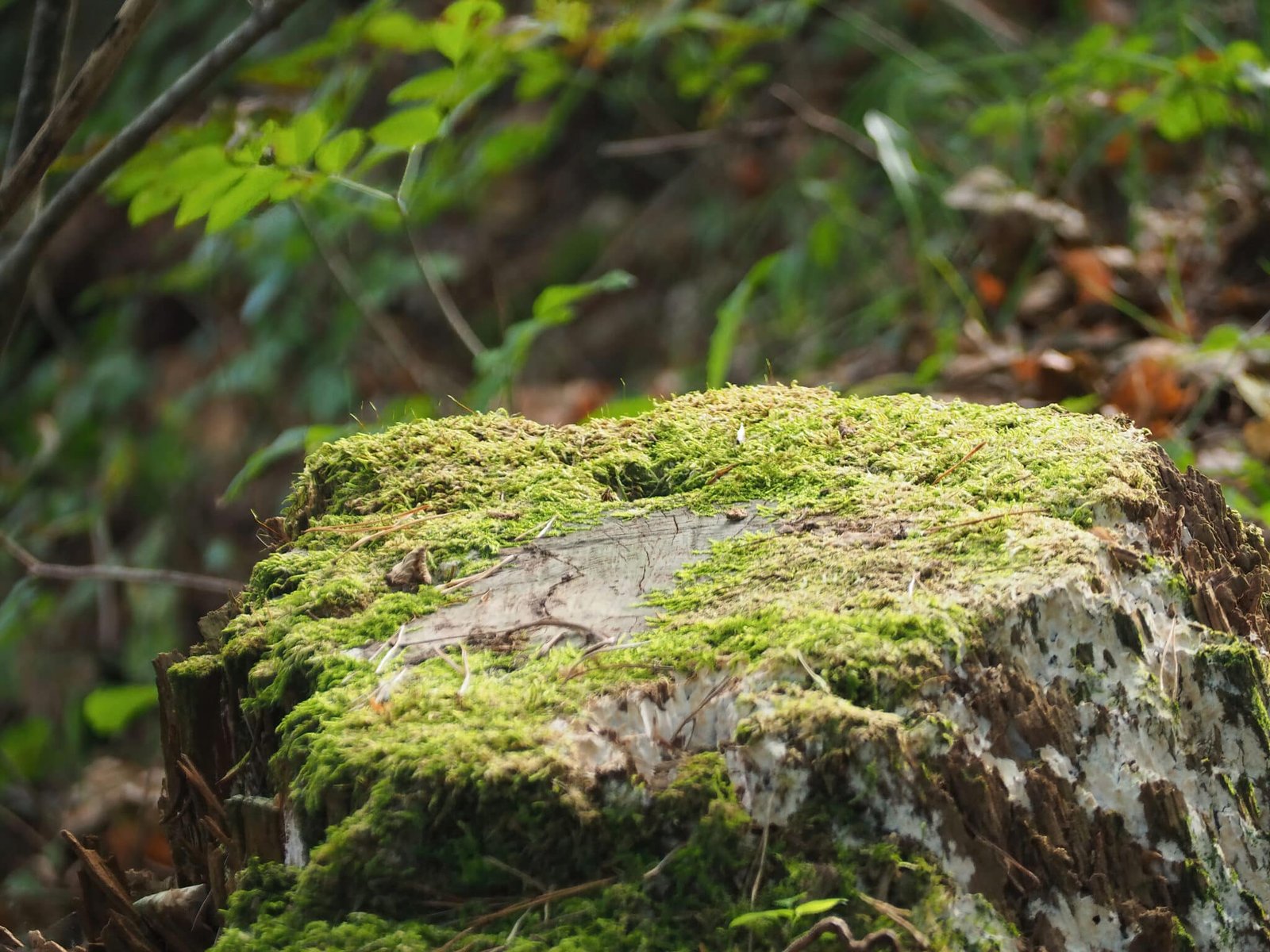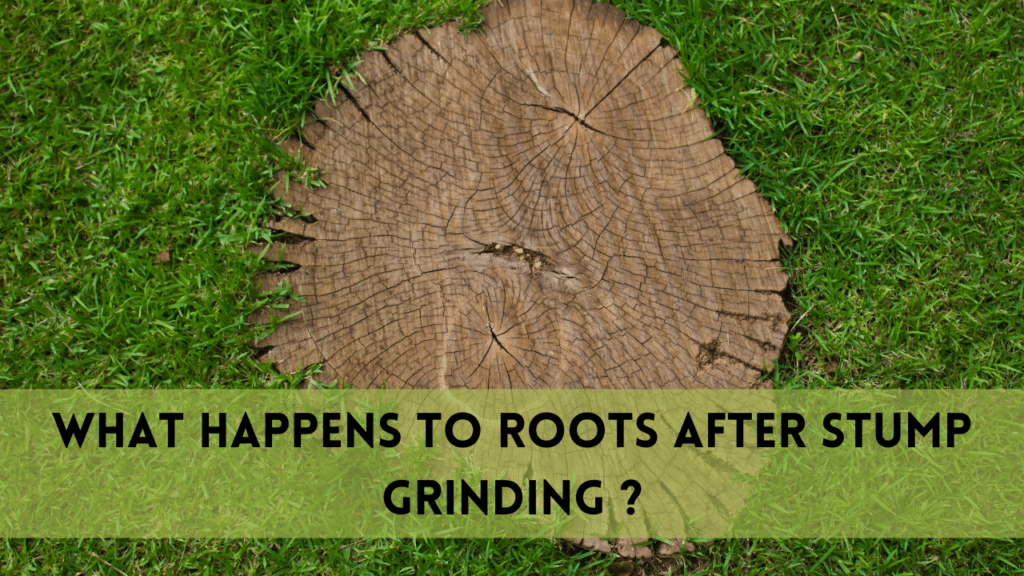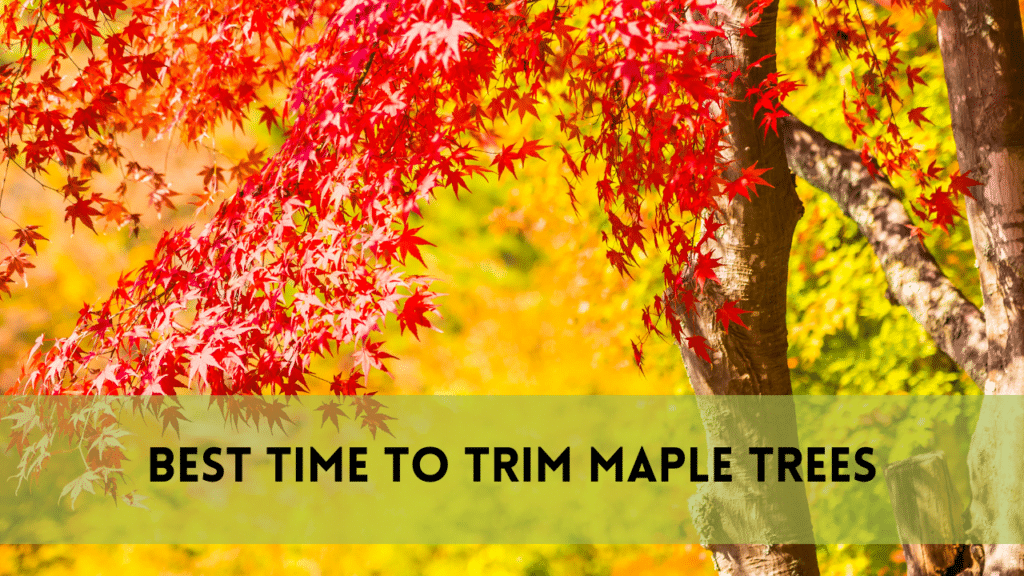If you have ever taken out a tree stump from your yard, you might be wondering what became of the tree’s roots. What occurs under the stump after it is removed? One popular technique for reclaiming space is stump grinding, but what goes on beneath the stump? We will explore the unknown region of roots in this session and learn about the effects of stump removal.
What Happent to Roots After Stump Grinding?
First, before we get into the future of the roots, let’s go over the principles of stump grinding. Stumps are ground into wood chips using a process known as stump grinding, which involves the mechanical grinding of tree stumps. The removal of any visible residues and the creation of a smooth surface are both accomplished via the use of this efficient approach.Nevertheless, what about the intricate network of roots that formerly used to sustain the enormous tree?
Roots Stump Grinding
There is a major disturbance to the roots immediately following stump grinding. The strong grinding machinery cuts through the stump’s base and its surrounding roots, thereby destroying the stump. Even yet, the visible portion of the stump is reduced to wood chips, even when the underlying root structure is altered.
Natural Decomposition of Roots
With the stump gone, the roots begin the gradual process of natural decomposition. The remaining roots, deprived of the tree’s vitality, lose their source of sustenance. Microorganisms in the soil, however, play a crucial role in breaking down these roots. As the roots decompose, they release nutrients back into the soil, enriching it and creating a fertile environment for future plant growth.
Revival from Roots that are Left Behind after Stump Grinding
The roots that are left behind after stump grinding are another example of nature’s remarkable capacity for recycling what it receives. In the process of decomposition, the roots contribute to the organic matter that is present in the soil, creating an environment that is conducive to the development of further plants. When the roots of an old tree begin to rot, it is not uncommon to witness new growth of vegetation sprouting from the roots.
Environmental Effects
It is not uncommon for people to overlook the positive effects that stump grinding has on the environment. During the treatment, any potential concerns that are associated with decaying stumps, such as the presence of insect infestations and the risk of tripping, are eliminated. Additionally, recycling the root system provides support for biodiversity and enhances the overall health of the soil.
The Transformation Timeline of Roots After Stump Grinding
For the purpose of waiting for the roots to undergo a full transformation after stump grinding, patience is absolutely necessary. There are a number of factors that influence the rate at which roots disintegrate, including climate, the type of soil, and the kind of tree. Depending on the circumstances, the roots may not totally dissolve for a number of months.

Quick Fixes for Root Decomposition After Stump Grinding
Despite the fact that the natural process takes some time to complete, there are techniques that may speed up the process of root decay after stump grinding. Improving the soil in an effective manner may be accomplished by incorporating compost or other organic materials into the soil. Increasing the amount of microbial activity and providing additional nutrients both contribute to the acceleration of the root system’s decomposition.
Will the Roots Reappear After Stump Grinding?
Individuals who opt for stump grinding usually express concern over the possibility of root regrowth. If you are convinced that the grinding operation will effectively remove the stump and its root system, then you may proceed with confidence. For the purpose of ensuring that the work is finished in its entirety and minimizing the likelihood of any residual roots growing back, it is essential to choose professionals who possess the requisite qualifications.
Advantage of the Changed Space of Roots After Stump Grinding
You will have a blank canvas that may be utilized for future landscaping work after the roots have completed decomposing and have been completely removed.Whether it be by increasing the amount of outdoor living space, cultivating flowers, or constructing a flower bed, there are a variety of intriguing alternatives available to enhance the beauty and functionality of your yard.
FAQs
Stump grinding is intended to remove the stump’s visible portion as well as its associated root system. Expert stump grinding services guarantee complete clearance and reduce the likelihood of recurrence.
After stump grinding, how long does it take for roots to break down?
Variations in soil conditions, tree type, and other variables affect how quickly roots decompose and climate. Typically, it may take several months for the roots to break down completely.
Can After Stump Grinding, Residual Roots Grow Again?
While stump grinding is a very successful method, it is essential to use skilled specialists to guarantee that the stump and its roots are completely removed, reducing the possibility that any leftover roots may regenerate.
How Can I Quicken the Process of Root Decomposition?
Add compost or other organic matter to the soil to hasten the process. This hastens the breakdown of the roots by increasing microbial activity and supplying more nutrients.
What Landscaping Opportunities Does the Transformed Area Offer?
The altered area offers a blank canvas for landscaping projects once the roots have broken down. Extending your outside living area, establishing flower beds, and planting new plants are all wonderful options.
Conclusion
Ultimately, the inquiry into the fate of roots after stump grinding reveals an amazing story of metamorphosis. The roots are important in forming the post-stump grinding landscape, from the first disturbance brought about by grinding to the slow breakdown and ultimate regeneration under the surface.
Keep in mind that every root adds to the cycle of life by nourishing the soil and laying the groundwork for fresh growth as you watch the natural process take place. Accept the benefits that stump grinding brings to the environment, and seize the chance to improve your outdoor space. Ultimately, the roots may be gone, but the thriving environment they helped to establish bears witness to their legacy. Thus, the next time you set out to remove a stump, stop to admire the secret world under the surface, where roots reveal a tale of regrowth and revitalization.



